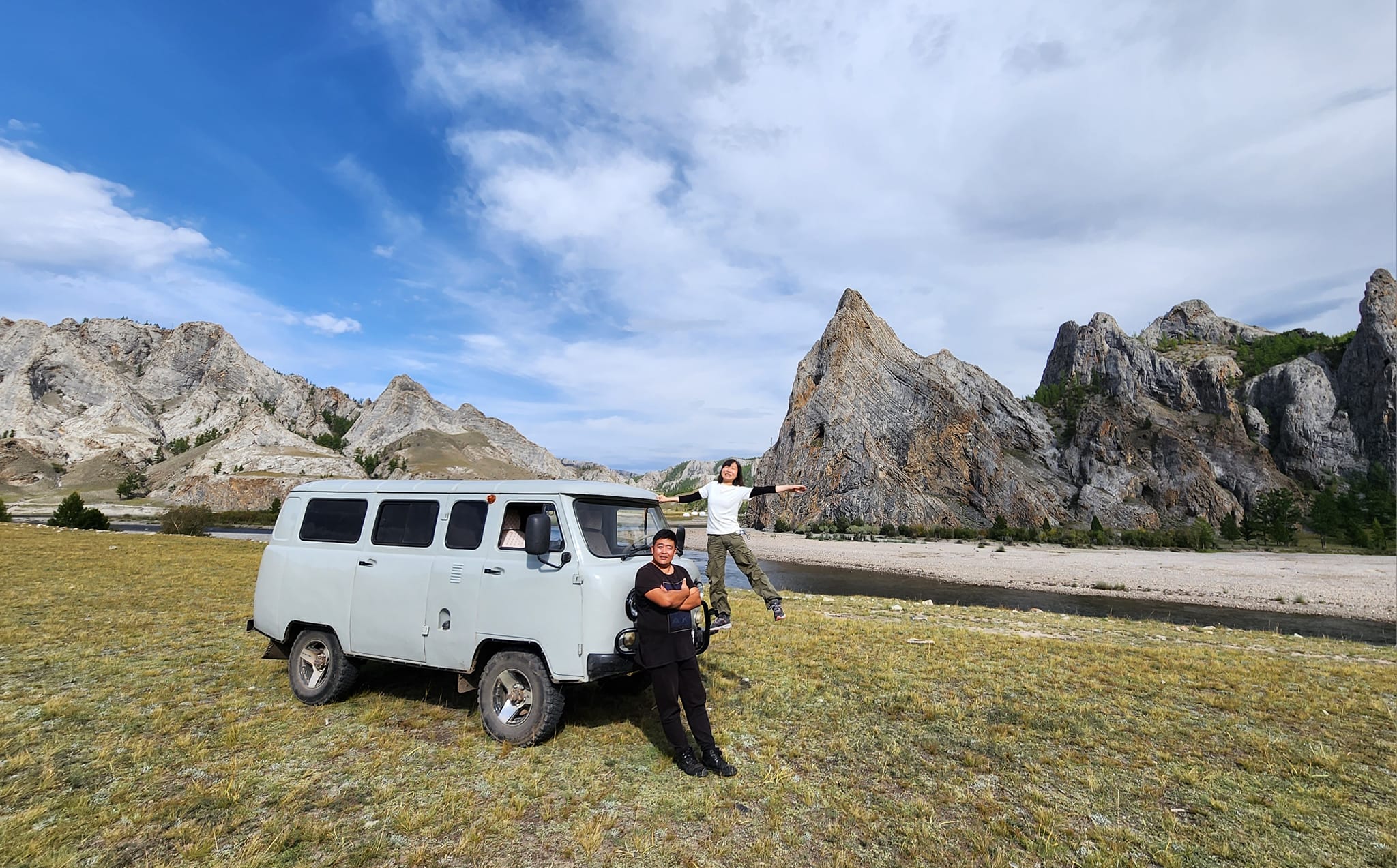Traveling through Mongolia offers unique challenges and rewards due to its vast, rugged landscapes and relatively underdeveloped infrastructure. This transportation guide will help you navigate Mongolia’s various modes of transport, ensuring you can travel efficiently and safely.
Getting to Mongolia
By Air:
- Chinggis Khaan International Airport (ULN): The main international gateway located in Ulaanbaatar, with flights from major cities in Asia and Europe.
- International Airlines: MIAT Mongolian Airlines, Korean Air, Aeroflot, Turkish Airlines, Air China, and others operate flights to Ulaanbaatar.
By Train:
- Trans-Mongolian Railway: Connects Moscow to Beijing via Ulaanbaatar, offering a scenic and historic journey.
Getting Around Mongolia
Domestic Flights:
- Airlines: Domestic airlines like Aero Mongolia, Hunnu Air, and MIAT Mongolian Airlines offer flights to key cities and remote areas.
- Major Routes: Flights connect Ulaanbaatar to cities like Dalanzadgad (Gobi Desert), Mörön (Lake Khövsgöl), and Khovd (Altai Mountains).
By Train:
- Mongolian Railway: The main railway line runs from the Russian border in the north to the Chinese border in the south, passing through Ulaanbaatar. Trains are relatively slow but offer a scenic way to travel.
- Tickets: Purchase tickets in advance, especially during peak travel seasons.
By Bus and Minivan:
- Intercity Buses: Regular buses connect Ulaanbaatar with provincial capitals and major towns. These are generally inexpensive but can be uncomfortable for long journeys.
- Minivans: Shared minivans, known as “microbuses,” are a common way to travel between towns and cities. They are faster but less comfortable than regular buses.
By Car:
- Car Rentals: Available in Ulaanbaatar for self-driving, but note that roads outside the capital can be challenging, with many unpaved routes. A 4×4 vehicle is recommended.
- Driver and Guide: Hiring a car with a driver and guide is a popular and convenient option, especially for those unfamiliar with the terrain and local conditions.
Exploring Remote Areas
By Jeep and Off-Road Vehicles:
- Gobi Desert and Altai Mountains: Essential for exploring remote and rugged regions. Organized tours often use 4×4 vehicles.
- Guided Tours: Many tour operators offer guided jeep tours, which are a safe and practical way to explore Mongolia’s remote landscapes.
By Horseback:
- Traditional Mode: Experience Mongolia’s nomadic culture by traveling on horseback, especially in regions like the Orkhon Valley and Khuvsgul Lake.
- Tour Operators: Organized horseback tours are available, ranging from a few hours to multi-day treks.
By Camel:
- Gobi Desert: Camel trekking is a unique way to explore the Gobi Desert’s sand dunes and vast plains. Tours can be arranged through local operators.
Urban Transportation
In Ulaanbaatar:
- Public Buses: Extensive bus network within the city. Buses are cheap but can be crowded.
- Taxis: Widely available and relatively inexpensive. Ensure the meter is used or agree on a fare beforehand.
- Ride-Sharing Apps: Services like UBCab and iTaxi operate in Ulaanbaatar, offering convenient and reliable transportation.
- Walking: Many of Ulaanbaatar’s attractions are within walking distance of each other.
Practical Tips for Traveling in Mongolia
1. Plan Ahead:
- Seasonal Variations: Roads and travel conditions can vary greatly depending on the season. Plan your trips with the weather in mind.
- Booking: Book flights, trains, and tours in advance, especially during peak tourist seasons (July and August).
2. Be Prepared for Rough Conditions:
- Roads: Outside major cities, roads are often unpaved and bumpy. Travel times can be longer than expected.
- Supplies: Carry essential supplies, including food, water, and basic medical supplies, especially when traveling to remote areas.
3. Language and Communication:
- Language Barrier: English is not widely spoken outside tourist areas. Learning a few basic Mongolian phrases can be helpful.
- Mobile Connectivity: Mobile coverage can be limited in remote areas. Consider renting a satellite phone if you plan extensive off-the-grid travel.
4. Respect Local Customs:
- Nomadic Culture: Respect the traditions and hospitality of nomadic families if you visit them. It’s customary to bring small gifts such as food or souvenirs.
5. Safety:
- Travel Insurance: Ensure you have comprehensive travel insurance that covers medical emergencies, evacuation, and adventure activities.
- Emergency Contacts: Keep a list of emergency contacts, including your embassy, local hospitals, and tour operators.
Traveling in Mongolia is a unique adventure that offers incredible landscapes and rich cultural experiences. Whether you’re exploring the vast Gobi Desert, the stunning Altai Mountains, or the tranquil Lake Khövsgöl, this transportation guide will help you navigate the challenges and make the most of your journey. Prepare adequately, respect local customs, and embrace the spirit of adventure for an unforgettable Mongolian experience.
